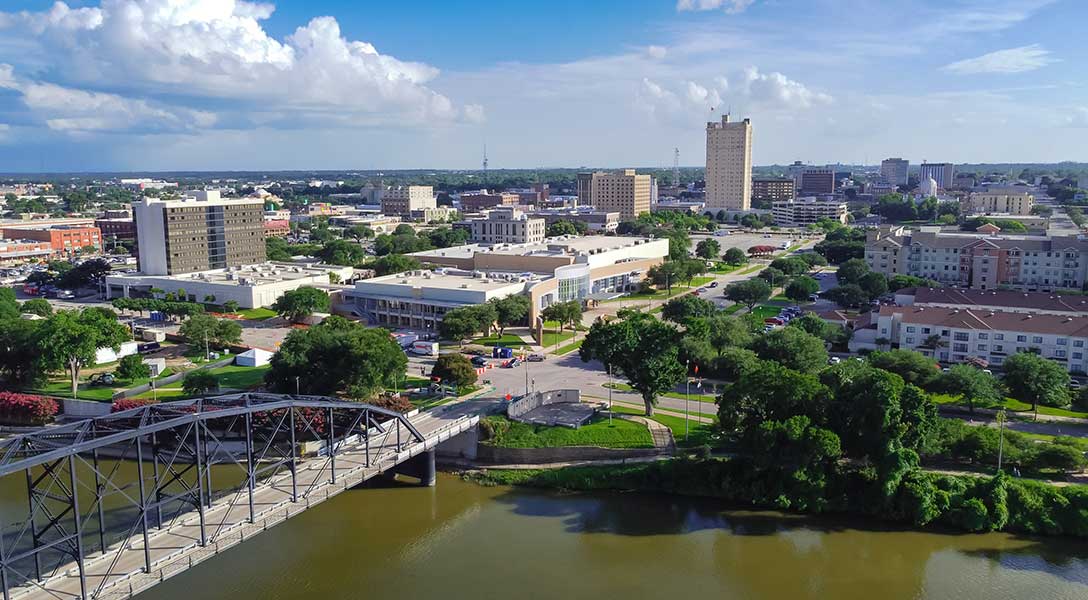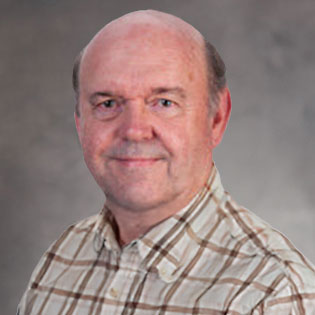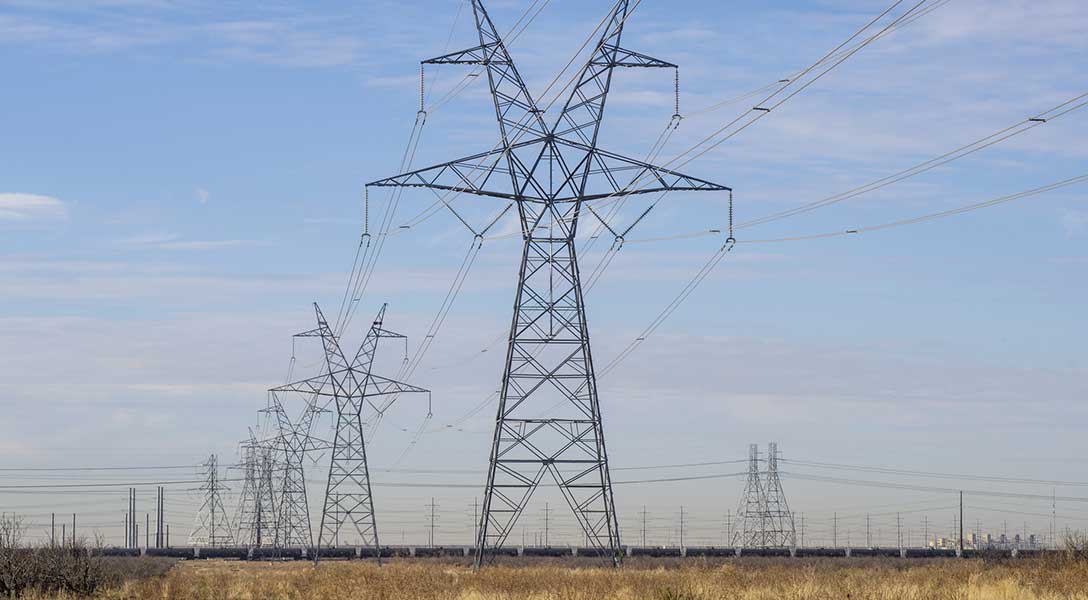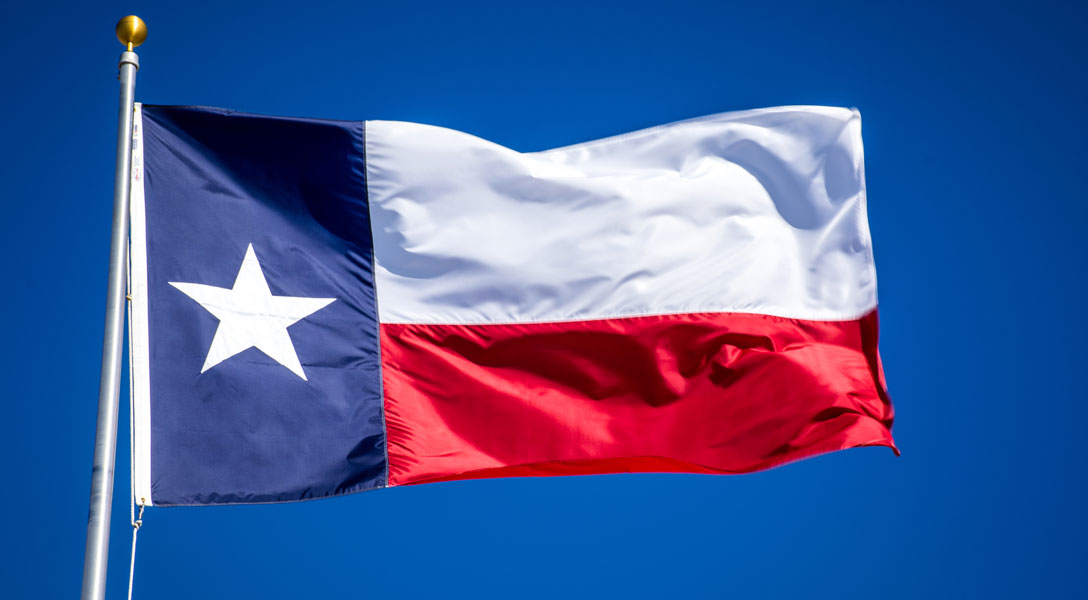
Waco building on ‘Fixer Upper,’ Baylor notoriety to reinvent itself
Q. When you think about the Waco economy, what are some of its drivers?
We traditionally had manufacturing. We had two, large union employers, Owens-Illinois Glass and General Tire, that eventually went the way of most old-line manufacturing plants. They closed [Owens-Illinois in 2023, General Tire in 1985], and we had to diversify. And over time, because of our location, we identified logistics and distribution and further-up manufacturing as a place where we could succeed.
We're between Dallas and Austin. They have spread out so much. We found that there's a lot of investment coming to Waco that would have gone to those other metropolitan areas over time if they hadn't [grown]. You know, it's just much more expensive to develop significant real estate parcels in Dallas and Austin than it is here.
We have the largest investment in economic development we've ever had, a [$1 billion] Graphic International Packaging plant. We've got an Amazon fulfillment center. We've done an Army Air Force Exchange Service distribution center. We've got some old-line manufacturers— like electrical equipment—that have expanded and doubled their employment.
It's a combination of some old, but a lot of new that wouldn't have been here and wouldn't have looked at us 10 or 15 years ago.
Q. Baylor University has experienced record student enrollment and built new football and basketball facilities. What impact has Baylor's growth had on the city and local communities?
If you know where the stadium is, there's development [now] all up and down the east bank of the [Brazos] river, which traditionally was a separation between white and Black Waco.
It was a major focus of the city to have both sides of the river developed. We've got three hotels and multiple apartments and condominiums on the east side of the river. I was down there Saturday at the farmer's market, which recently moved over there.
There are so many activities, and a lot of that is Baylor-drawn. A lot of the investment that the city made was from a shared interest with Baylor in developing that part of town and was an active partnership. I think the city expects the same thing where the Foster Pavilion [multipurpose arena] is on the west side.
That was part of a riverfront development that we started when I was an office. Now, Foster is open and active and engaged. It's great.
Q. How has the relationship between the university and the city evolved?
It's a working partnership. The School of Social Work relocated to downtown Waco. It's in the old First National Bank building. Back in the 70s, the interstate [I-35] was the boundary of Baylor. The administration did not encourage people to come to downtown Waco or to participate in things that went on down there.
Today, you can't go down there without seeing Baylor parents and Baylor students walking around, using the restaurants, using the convention center or whatever is happening down there. It's very much a partnership.
I think the city was a little reluctant. And back when [in the early 2010s], [then-Baylor President] Ken Starr made a real effort to engage the city and appointed people to boards and commissions. He partnered with what's now called City Center, which was our downtown development authority. He really was an active partner.
Q. Another important regional growth catalyst was the 2014 HGTV launch of Fixer Upper, with Chip and Joanna Gaines and their home renovation business. What were those first years like for the city as this local family business became a sensation?
It was pretty eye opening. I remember the first time I met Chip [Gaines], a friend of mine introduced me to him, and he said, “Well, Mr. Mayor, we're going to make you famous.” And I was like, “Oh yeah, I can’t wait.” I didn’t believe him.
Sure enough, it wasn't long. They would buy homes and fix them up. My wife remembers going to a home goods show at one of their homes. They built a very small retail place over on Bosque [Boulevard], which is not anywhere close to downtown.
And then the show took off. You could look at the opening drone shots of that show and see Waco like you'd never seen it before. I've lived here all my life. They highlighted the natural beauty and the old parts of Waco that we just sort of took for granted. And they made it very appealing.
Now, since Fixer Upper became popular, that’s the first thing people will say when you say you are from Waco. It's just unbelievable what's happened down there around the Silos [where the Gaines’ Magnolia Market is located]. We drove down there last weekend. It was mind blowing to see how much has developed around the Silos, how many people are there, how many hotels we have because of that tourism.
Our zoo and the Dr Pepper Museum have more tourism, more engagement now than they've ever had. And it continues to grow with people that come here. The other day, I learned that we still have one of the highest hotel occupancies in the state, and we're building more hotels than I ever thought we could fill up.
It's had a dramatic impact on Waco.
Q. Are there longer-lasting effects from the show?
When I got on the council [before Fixer Upper], we were working to redevelop an apartment complex close to downtown. We wanted to build new low-income, tax-credit housing.
We could not qualify. The developers, said, “Well, you don't understand the Waco market. The whole market doesn't qualify because the whole market is so affordable. More than 75 percent of the housing meets the threshold of affordable housing.”
We didn't understand what that meant. Today, we have an affordable housing problem, and the housing affordability is probably in the 30 percent [range]. It's reversed from being 70 percent affordable to 30 percent affordable.
And that's not all [due to] Magnolia [the Gaines’ business]. That’s the market and a lot of other things that happened. It [attention directed to Waco] stimulated housing remodeling and housing investment in areas of town that we never thought would be popular or would be investable. There's been growth outside the boundaries of the city. But the primary redevelopment of the interior neighborhoods was a Fixer Upper phenomenon.
Q. As Waco has grown in recent years, what challenges remain?
The Baylor School of Social Work undertook a study, I think it was in 2009, on poverty in Waco and really went deep. What were the causes? What were the cures? And we came up with a three-pronged effort [involving] health, financial security and education.
If you look today, we've still got significant challenges in education. Public schools are having a real funding crisis. I know the Legislature says they give them plenty of money, but they don't. We've got outcomes that are measured in STAAR (State of Texas Assessments of Academic Readiness) tests that are not very well understood. Nobody's really teaching things outside of STAAR testing, and outcomes are not measured in educational attainment.
We’ve got great partnerships with Baylor and MCC [McLennan Community College] and TSTC [Texas State Technical College], but we need more graduates that are capable of working, staying in Waco. That's something we've worked on. It's better, but it can always be [still] better. Health care and [public] health are just a challenge anywhere in Texas.
We did a survey this year, and 20 percent of our workforce-aged folks don't have insurance. That is a problem. We have two hospitals, Baylor Scott & White and Ascension Providence, and we have a third family medicine center that's a federally qualified health center.
The burden on them for unreimbursed care is significant. Do we want to create another taxing district for health care? We’ve got to figure out a way to pay for health care. We're better supplied [with] family practice docs than most any other city our size in Texas. But they can't continue to come and work if they don't get paid.
Q. What do you envision as Waco's next act?
Just trying to be ourselves, being genuine and being open because, if we take all this success and let it go to our heads, we're going to become indifferent and closed. And, I think, we have to be open to what's next.

We have to continue to invest in health, education and financial stability. And if we do that and maintain the services that people want—you’ve got to have fire, you’ve got to have police, you’ve got to have all those other infrastructure things—I think Waco can continue to grow on this foundation that we have.
Waco was never a hub for home decoration and home remodeling. We are now. We have at least two tour companies. They all put the Fixer Upper homes on their itineraries, and they show up with busloads of people all during the week, not just the weekend, driving around and looking at sites and going to other places.
There's a lot of reimagining the old—services and supplies that weren't here before. There's an old building, I think it was a hardware store, that's full of home goods. There are resale-type places that weren't there before.
We've got a lot of young people that came here because they were interested. They didn't know what was here, and they stayed.
This is an edited and abridged version of a conversation available on the Southwest Economy Podcast.



